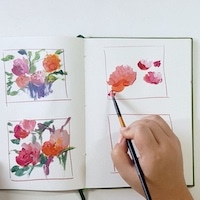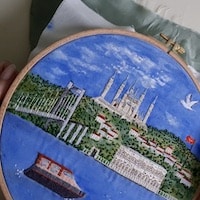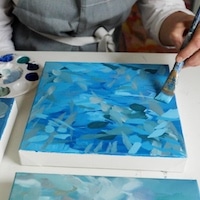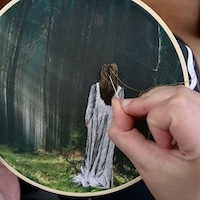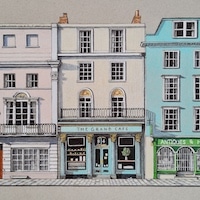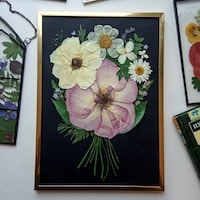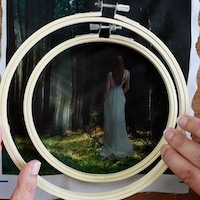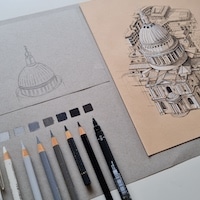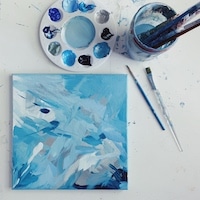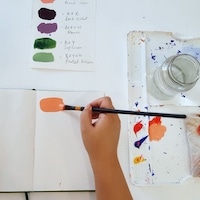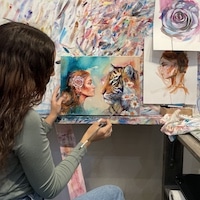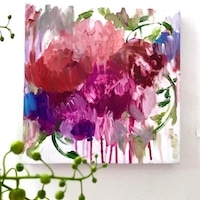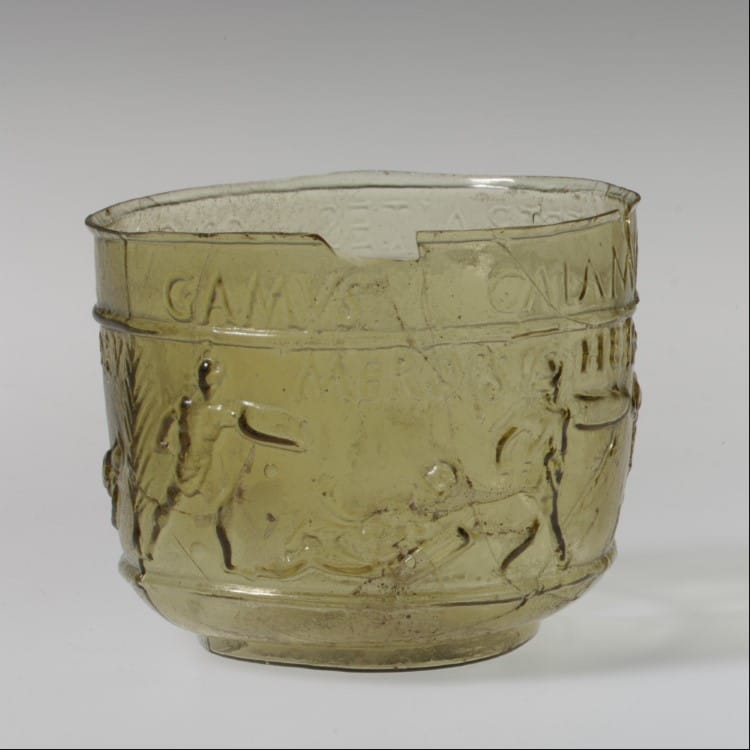
Photo: The Metropolitan Museum of Art, Public domain
In ancient Rome, the gladiators who fought at the Colosseum were superstars. The top athletes of their day, these men trained relentlessly to participate in the gruesome battles that entertained up to 80,000 spectators. Many of their lives were short because of these battles, which also involved animals, but they were admired for their courage. A glass cup in The Metropolitan Museum of Art demonstrates just how revered some gladiators were.
Known as the Montagnole Cup, it dates back to around 50 to 80 CE. The translucent green-yellow cup has two friezes running around the sides, with the lower frieze showing four pairs of gladiators in different stances. On one side, a gladiator is lying on the ground, while two others advance with shields. Above them, the names Gamus, Merops, and Calamus are inscribed. Overall, eight gladiators are shown on the cup, some standing victorious and others down in defeat.
According to scholars, these glass cups used a new technique called mold blowing to place the images and text into the glass. Since some of the names inscribed match the names of popular gladiators, it's believed that this cup was used as a souvenir for games held in Rome during the Julio-Claudian period.
Dr. Kimberley Cassibry, associate professor of art at Wellesley College, writes that these cups were quite popular, and there are hundreds of examples throughout the Roman Empire. Charioteers were also featured on these cups, once again demonstrating the population's love for entertainment and spectacle. They became a way for people across the empire to remember and participate in these games over and over again.
“In the end, the novel experiences offered by the cups made the vessels themselves desirable,” writes Dr. Cassibry. “They became a spectacle in their own right, something worth seeing, both in Rome and in the provinces.”
In ancient Rome, some gladiators became famous for their feats during gruesome battles in the Colosseum.

“Pollice Verso (Thumbs Down)” by Jean-Léon Gérôme. 1872. (Photo: Wikimedia Commons, Public domain)
Mold-blown glass cups featuring gladiators and their names became souvenirs, showing the popularity of these spectacles.

Photo: Dr. Kimberly Cassibry via Destinations in Mind (CC BY-NC)
Related Articles:
The Colorful History of Depression Glass and Its Continued Popularity
This “Normal” Drinking Glass Is Actually an Ancient Greek Party Prank
Archaeologists Have Determined What Ancient Roman Wine Tasted Like
Explore the Early 20-Side Icosahedron Dice That Were Tossed in Ancient Rome










